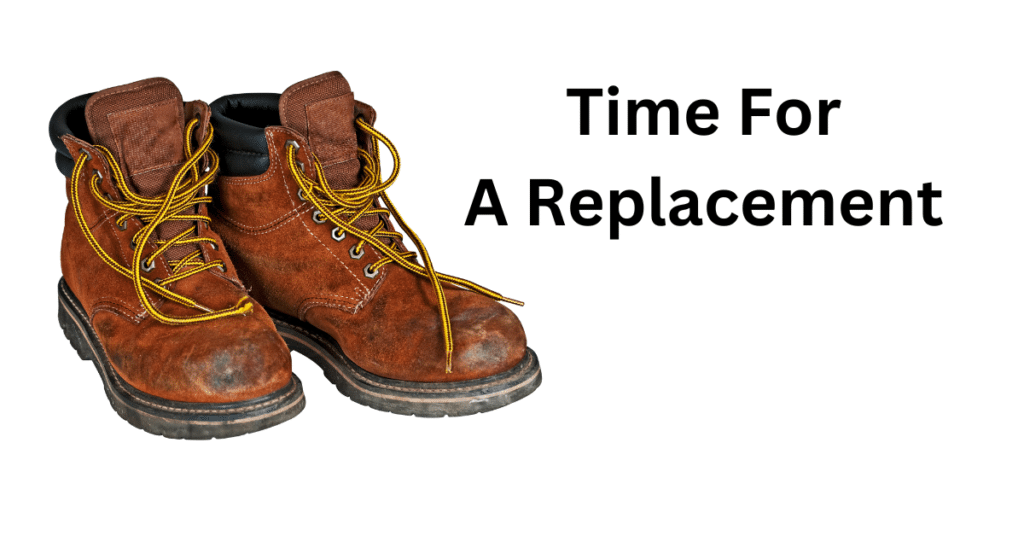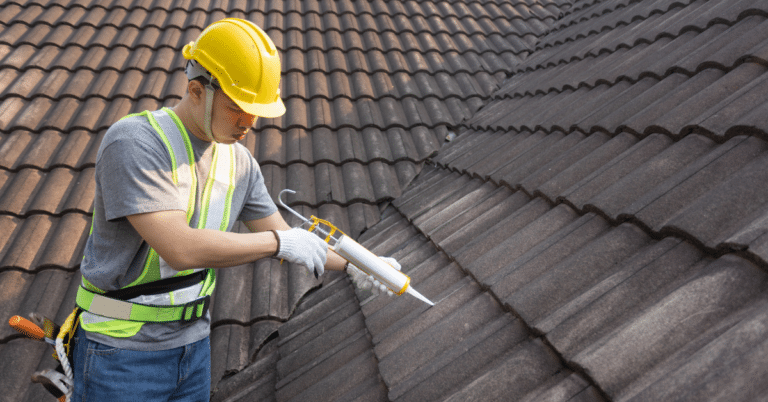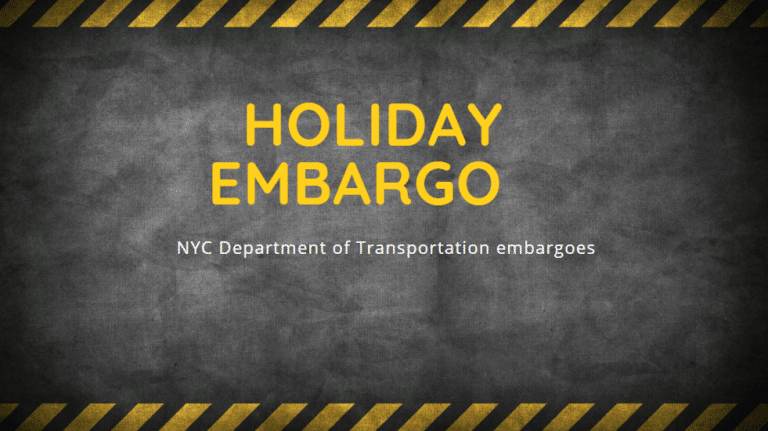Last Updated on June 16, 2025 by Jeffrey Calderon
Contractors Should Consider Upgrading Worn Out Work Boots

Wearing the right pair of work boots is only part of the job.
Even the most durable boots don’t last forever, and knowing when to replace them is essential.
In this article, we’ll go into common signs that your work boots have seen better days, how improper care can accelerate wear, and the ultimate solution – ensuring you replace your boots at the right time.
TL;DR:
Appearance Changes: Look for visible signs such as cracks, worn-out soles, or changes in color that indicate the physical deterioration of your work boots.
Diminished Support: Worn-out work boots often lose their ability to provide proper support, leading to discomfort and potentially causing foot pain during extended use.
Increased Wear and Tear: Pay attention to the overall condition of your boots, including the stitching, material integrity, and any areas with excessive wear, as these can be clear indicators that your work boots have reached the end of their usable lifespan.
Safety-rated Footwear: Boots designed for hazardous jobs, often with specialized materials and features, may need more frequent replacement due to the demanding environments they are exposed to.
Footwear for Dangerous Jobs: Footwear used in high-risk jobs may need frequent changes for safety and performance.
Work Boots subjected to Tough, Onsite Conditions: Boots used in tough conditions, such as extreme weather, heavy physical activity, or constant exposure to harsh substances, may wear out faster, requiring frequent replacements for optimal performance and protection
Short-Term Solution: Cheap boots may seem cost-effective in the short term, but they often prove less durable for long-term use.
Constantly Replacing: Opting for cheap boots may result in frequent replacements due to their lower quality and lack of durability.
Reliability Matters: It is wise to invest in a more expensive and durable pair of work boots to avoid frequent replacements and ensure sustained comfort and safety in the long term.
Visible Signs of Wear: Inspect your work boots regularly for visible signs of wear and changes in appearance that may indicate a loss of structural integrity, such as worn-out soles or cracks.
Comfort and Pain Indicators: Replace your work boots if they cause discomfort or persistent pain as it may indicate inadequate support.
Proactive Replacement: As a rule of thumb, it’s recommended to replace your work boots every 6 months to a year, depending on how often you use them and the amount of wear and tear they experience in your particular work setting. By regularly assessing and proactively replacing your boots, you can ensure they maintain optimal performance and safety.
What Are Worn Out Work Boots?

Worn out work boots are boots that show signs of wear or no longer function as intended.
Recognizing these signs is not just about preserving the integrity of your footwear, but a proactive measure to prevent potential injuries that happen when boots are past their prime.
See if your boots are exhibiting any of the following:
Appearance Changes: Look for visible signs such as cracks, worn-out soles, or changes in color that indicate the physical deterioration of your work boots.
Diminished Support: Worn-out work boots often lose their ability to provide proper support, leading to discomfort and potentially causing foot pain during extended use.
Increased Wear and Tear: Pay attention to the overall condition of your boots, including the stitching, material integrity, and any areas with excessive wear, as these can be clear indicators that your work boots have reached the end of their usable lifespan.
What Types Of Footwear Need To Be Changed More Often?
Boots designed for dangerous workplaces often use specialized materials and durable soles to ensure protection. Please note they also tend to wear out more quickly due to the demanding environments they’re exposed to.
If you find your safety-rated boots feeling uncomfortable or notice a decline in its performance, it might be time to retire them.
This applies not only to safety-rated boots, but also to any footwear subjected to conditions that speed up wear and tear.
Now, let’s explore the specific types of work boots that may need more frequent changes to keep you both safe and comfortable on the job.
Safety-rated Footwear: Boots designed for hazardous jobs, often with specialized materials and features, may need more frequent replacement due to the demanding environments they are exposed to.
Footwear for Dangerous Jobs: Footwear used in high-risk jobs may need frequent changes for safety and performance.
Work Boots subjected to Tough, Onsite Conditions: Boots used in tough conditions, such as extreme weather, heavy physical activity, or constant exposure to harsh substances, may wear out faster, requiring frequent replacements for optimal performance and protection.
Should You Replace Work Boots with Cheap Boots?
While budget-friendly work boots may be appealing for those on the lookout for a short-term solution, the real question lies in the reliability of such choices.
Opting for cheap boots can seem like a quick fix to save a few bucks, but is it a wise investment in the long run?
Would your cheap boots be rated for safety like the more well known brands?
Sacrificing quality for immediate savings is a risky move, consider the below before choosing this route:
Short-Term Solution: Cheap boots may seem like a cost-effective solution in the short term, but they often prove to be less durable for long-term use.
Constantly Replacing: Opting for cheap boots may result in frequent replacements due to their lower quality and lack of durability.
Reliability Matters: It is wise to invest in a more expensive and durable pair of work boots to avoid frequent replacements and ensure sustained comfort and safety in the long term.
How Often Should You Replace Your Work Boots?
The frequency of replacing work boots isn’t a one-size-fits-all scenario—it’s a nuanced decision influenced by personal factors.
Are you experiencing discomfort or noticing persistent pain in your feet?
It could be a sign that your boots need an upgrade.
Let’s dive into the specifics on when you should consider replacing your work boots:
Visible Signs of Wear: Inspect your work boots regularly for visible signs of wear and changes in appearance that may indicate a loss of structural integrity, such as worn-out soles or cracks.
Comfort and Pain Indicators: Replace your work boots if they cause discomfort or persistent pain as it may indicate inadequate support.
Proactive Replacement: As a rule of thumb, it’s recommended to replace your work boots every 6 months to a year, depending on how often you use them and the amount of wear and tear they experience in your particular work setting. By regularly assessing and proactively replacing your boots, you can ensure they maintain optimal performance and safety.
How Do You Know When You Need New Boots?
The support and protection your boots provide are key elements for a comfortable and productive workday.
How do you decide when it’s time to toss your trusted pair of boots and welcome in a new set of work boots? It’s easy to forget that even the most reliable boots can succumb to wear and tear over time.
This section will unravel the subtle signs that often go unnoticed, indicating that your boots may be losing their efficacy.
From diminished support to unmistakable indicators of wear, understanding these cues is essential for ensuring your work boots continuously deliver the performance and protection you rely on.
Let’s explore signs that it’s time to consider investing in a new pair:
Diminished Support: If you notice that your boots no longer provide the same level of support and cushioning as before, it may be time to replace them.
Visible Signs of Wear: When inspecting your boots, check for visible signs of wear such as worn-out soles, cracks, or any changes in their appearance that indicate a decline in their structural integrity.
Changes in Comfort: If your boots cause discomfort or persistent pain, it may be time to upgrade your footwear.
Why Are Replacing My Boots Important?
The importance of regularly replacing your work boots cannot be overstated, especially when it comes to safeguarding yourself against potential injuries.
The soles of your boots bear the brunt of daily wear and tear, and over time, they can develop cracks and weaknesses that compromise not only the structural integrity of the boot but also your safety on the job.
Investing in new boots isn’t just about outward appearances.
It’s a proactive measure to ensure your footwear remains a reliable shield against workplace hazards. Below are few key takeaways:
Injury Prevention: It is crucial to replace your boots regularly to prevent potential injuries. Worn-out boots may fail to provide adequate support, leading to accidents and discomfort due to the compromised structural integrity.
Sole Integrity: The soles of your shoes undergo daily wear and tear, which can affect their grip and cushioning. Replacing your shoes regularly can help maintain their support and prevent slips or falls.
Crack Prevention: Boots with cracks not only look bad but also expose feet to elements. Replacing boots before cracks develop maintains integrity.
Outward Signs Your Boots Need Replacing

Recognizing the outward signs that your boots are due for a replacement is a good first step to ensuring your feet stay comfortable.
No matter how diligently you’ve adhered to maintenance routines, every pair of work boots has its limits.
Do you find it challenging to restore your boots to their former glory?
From the appearance of a new shoe to changes in the way you walk, these external cues are key to identifying when it’s time to retire your current pair. See which signs you should be on the lookout for:
Worn-out Soles: It’s time to replace your boots when the soles start to show signs of wear and tear, such as flattening, thinning, or uneven tread, which indicate a loss of traction and support.
Cracks or Tears: Any visible cracks or tears in your boots, particularly in high-stress areas such as the toe box or seams, can weaken their structure and waterproofing, necessitating replacement.
Changes in Appearance: If you notice any fading, discoloration, or lack of uniformity in your boots’ appearance, it may suggest that the material is deteriorating and it’s time to consider a new pair.
Can You Extend the Life of Your Work Boots?

Prolonging the life of your work boots is not just about saving money.
It’s about ensuring your feet remain comfortable and well-supported throughout your workday.
The question arises: Can you actively contribute to extending the life of your trusted pairs?
Discover how small, consistent efforts can make a significant impact, allowing you to enjoy the comfort and support of your favorite boots for an extended period.
From regular cleaning to rotating between pairs, let’s delve into the actionable steps that empower you to preserve the life of your work boots without compromising on the quality that keeps your feet comfortable.
Regular Cleaning: Keeping your work boots clean by removing dirt, mud, and other debris helps prevent premature wear and deterioration of materials, extending their overall lifespan.
Proper Storage: When not in use, store your work boots in a cool and dry place to prevent mold and mildew growth, preserve the materials, and extend their lifespan.
Rotation Between Pairs: By alternating between multiple pairs of work boots, each pair can air out and recover between uses. This reduces overall wear and tear on any single pair and extends the lifespan of each.
Use Insoles: Adding high-quality insoles to your work boots can enhance comfort and support, reducing the impact on the original structure and extending their lifespan.
Foot problems from worn out work boots
Foot problems stemming from excessive wear of worn out work boots or tight-fitting boots plague many contractors.
Whether you’re on your feet for long hours at work or engaged in strenuous activities, the toll on your feet can manifest in various forms, leading to discomfort and pain.
Recognizing the early signs of discomfort are crucial for preventing further discomfort and potential pain.
Review our list of common ailments contractors go through when they ignore the conditions of their work boots.
Plantar Fasciitis: Prolonged use of work boots with inadequate arch support can lead to plantar fasciitis, causing heel pain and discomfort.
Blisters and Calluses: Ill-fitting or worn-out work boots can cause painful blisters and calluses on the feet due to friction and pressure points.
Corns and Bunions: Tight-fitting work boots can cause corns, bunions, and discomfort.
Achilles Tendonitis: Improperly fitted or unsupported boots can cause Achilles tendonitis through inflammation of the Achilles tendon.
Keep Your Footwear Clean
Maintaining your boots clean isn’t just about appearances.
It’s a fundamental aspect of extending the life of your shoes.
From preventing dirt buildup to addressing moisture issues, these simple yet effective practices can significantly impact the longevity of your footwear.
Discover below how keeping your footwear clean is more than a cosmetic concern – it’s a practical measure to protect the materials and structure, ultimately delaying the need to replace work shoes.
Remove Stains Promptly: It is important to immediately address any stains on your footwear to prevent them from setting in. This will help maintain the appearance and freshness of your shoes.
Proper Drying: It’s essential to allow your footwear to completely dry after moisture exposure. Avoid leaving them in damp environments to prevent the growth of mold and unpleasant odors.
Air Out Shoes: It’s important to let your shoes air out between wears to avoid odors and moisture build-up.
Use Shoe Trees: Inserting shoe trees into your shoes helps them maintain their shape, prevents creasing, and aids in moisture absorption, contributing to overall cleanliness and longevity.
Replace Worn Insoles
Refreshing your worn insoles can breathe new life into your work shoes, making a substantial difference in both comfort and performance.
Whether you’re wearing work boots or safety shoes, the insoles are pivotal in providing adequate support and cushioning.
Discover how swapping out worn insoles for new ones can rejuvenate your footwear, offering a cost-effective solution to enhance the life of your trusted work boots.
Lets explore the benefits of this simple upgrade, ensuring your feet are well-supported for the challenges your workday presents:
Adaptation to Foot Shape: Over time, insoles conform to the shape of your feet, and worn ones may lose their ability to provide proper support. Replacing them ensures that your shoes adapt to your foot shape for optimal comfort.
Enhanced Shock Absorption: Insoles help absorb shock and reduce impact on feet and joints. It’s important to replace worn insoles regularly to maintain their effectiveness.
Hygiene Maintenance: Regularly replacing insoles maintains a hygienic shoe environment by preventing bacterial and fungal growth.
Personalized Fit: Some replacement insoles offer customization options that provide a personalized fit, allowing you to choose the level of support and comfort that best suits your individual needs.
Economical Solution: Replacing insoles is an affordable way to rejuvenate your shoes without buying new ones, especially if the shoes are still in good condition.
FINAL THOUGHTS
Parting with your beloved work boots can be difficult at times, but most certainly necessary.
Your work boots are designed with form and function, once either of those features fail, it’s important to fix or replace boots at once.
This goes double for work boots that are safety-rated.
You don’t want your toes to get crushed due to a toebox that has already been compromised from a previous accident.
Frequently Asked Questions
How can I tell if my work boots are worn out?
Look for cracked or worn-out soles, damaged stitching, or a flattened insole. It’s also important to check for any loss of structural integrity, such as a sagging ankle support or a compromised toe cap. If you notice reduced traction or increased discomfort, or if the boots no longer provide adequate protection, it may be time to replace them.
Can worn-out work boots be repaired?
In some cases, work boots that are worn out can be fixed by professional cobblers. Common repairs include replacing the sole, restitching, and fixing minor structural issues.
How can I extend the life of my work boots?
Regular maintenance is crucial to extend the life of your work boots. You should clean them regularly to prevent dirt buildup, store them in a cool and dry place, and apply appropriate protective treatments, such as waterproofing.
What is the average lifespan of work boots?
The lifespan of work boots varies depending on factors like the quality of materials, frequency of use, and the type of work environment. On average, good-quality work boots can last anywhere from 6 months to 2 years with regular use.
What are the consequences of wearing worn-out work boots?
Wearing worn-out work boots can lead to reduced support and protection, increased risk of slips and falls, and foot pain.
When is the right time to replace my work boots?
When you start noticing significant signs of wear on your work boots, such as loss of traction, discomfort, or visible damage, it’s a sign that you need to replace them. If your boots no longer provide the necessary support and protection, or if repairs are no longer effective, it’s best to invest in a new pair. This will ensure your safety and well-being while on the job.





